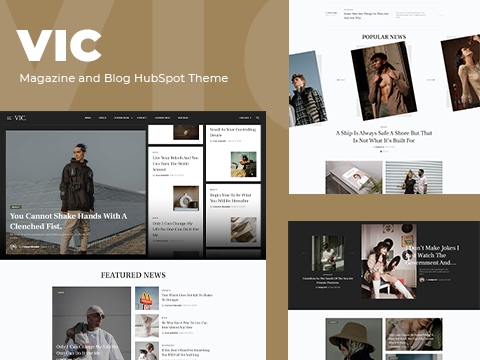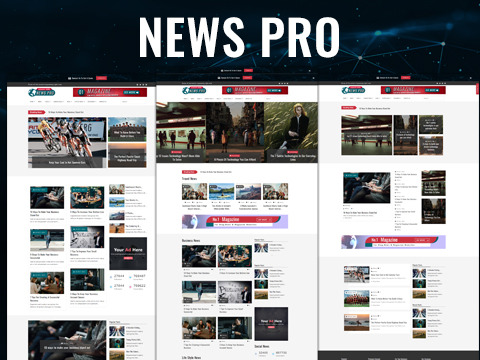Description
Creating a detailed Hubson template involves outlining various aspects of the content and structure. Below is a comprehensive breakdown of such a template:
1. Title Section
- Main Title: Indicate the topic or primary focus of the template.
- Subtitle: A brief description or tagline that provides additional context.
2. Introduction
- Overview: A summary of what the document or template is about.
- Purpose: Explain the reason for creating the template and its intended use.
- Scope: Define the boundaries and extent of the template’s application.
3. Table of Contents
- List of Sections: Enumerate all the major sections and subsections with corresponding page numbers.
4. Background Information
- Context: Provide any necessary background information for readers to understand the content.
- Historical Data: If applicable, include relevant historical data or precedents.
5. Main Content Sections
- Section 1: Detailed Description
- Subsection 1.1: Elaborate on specific details relevant to the first significant topic.
- Subsection 1.2: Include additional information, examples, or case studies.
- Section 2: Methodology or Process
- Subsection 2.1: Describe the methods or processes involved.
- Subsection 2.2: Provide step-by-step instructions or guidelines.
- Section 3: Data and Analysis
- Subsection 3.1: Present data in a structured format (tables, charts, graphs).
- Subsection 3.2: Analyze the data and discuss findings.
- Section 4: Recommendations or Conclusions
- Subsection 4.1: Summarize critical points or findings.
- Subsection 4.2: Provide recommendations or actionable insights.
6. Additional Resources
- References: List all sources cited in the document.
- Further Reading: Recommend additional literature or resources for further exploration.
- Appendices: Include any supplementary material, such as detailed data sets, technical notes, or expanded explanations.
7. Visual Elements
- Figures and Tables: Include relevant images, diagrams, tables, and charts to support the content.
- Captions and Labels: Ensure all visual elements are correctly captioned and labeled for clarity.
8. Glossary
- Terminology: Define key terms and acronyms used in the document.
9. Acknowledgments
- Contributors: Recognize individuals or organizations that contributed to creating the template.
10. Contact Information
- Author/Organization Contact: Provide details on how readers can get in touch for further information or queries.





Babangida –
“Hubson Recipe is an exceptional culinary theme that has transformed my website into a delectable online haven. With its stunning design, intuitive layout, and comprehensive customization options, I’ve been able to showcase my recipes with style and ease. Every detail has been meticulously crafted, from the crisp typography to the vibrant food photography, creating an immersive and engaging experience for my audience. Hubson Recipe has empowered me to share my culinary creations with the world in a professional and visually appealing manner, making it the perfect choice for any food blogger or chef.”
Georgewill –
“Hubson Recipe is a cooking theme that has transformed my culinary journey. Its intuitive design, rich functionalities, and beautiful templates have empowered me to showcase my recipes in a visually appealing and engaging manner. Thanks to its seamless integration with social media platforms, I can easily share my creations with a wide audience. The theme’s adaptability and customization options have allowed me to create a website that perfectly aligns with my brand’s identity and culinary aesthetics. Hubson Recipe has been an invaluable tool, empowering me to connect with food enthusiasts and share my passion for cooking with the world.”
Habu –
“Hubson Recipe theme is an absolute masterpiece for recipe bloggers. Its elegant design showcases recipes beautifully, while the intuitive functionality makes it a breeze to create and manage content. The responsive layout ensures seamless viewing across all devices, and the built-in SEO features have significantly improved my website’s visibility. I highly recommend this theme to anyone looking to establish a professional and visually appealing recipe website.”
Bukola –
“Hubson Recipe is an exceptional WordPress theme for food bloggers and recipe creators. Its elegant design, intuitive interface, and abundance of customization options allow us to showcase our culinary creations with flair. The theme is incredibly easy to use, even for beginners, and its powerful features enable us to effortlessly share and manage recipes, add stunning photo galleries, and connect with our audience. Hubson Recipe has truly transformed our food blogging experience, empowering us to turn our passion for cooking into a visually captivating and engaging online presence.”
Lucky –
“Hubson Recipe is an exceptional theme that has revolutionized my culinary website. Its intuitive interface and visually stunning design made it a breeze to showcase my recipes in style. The built-in recipe management system is incredibly user-friendly, allowing me to organize and share my creations seamlessly. Customers raved about its clean and elegant aesthetics, making my website an appetizing destination for food enthusiasts.”